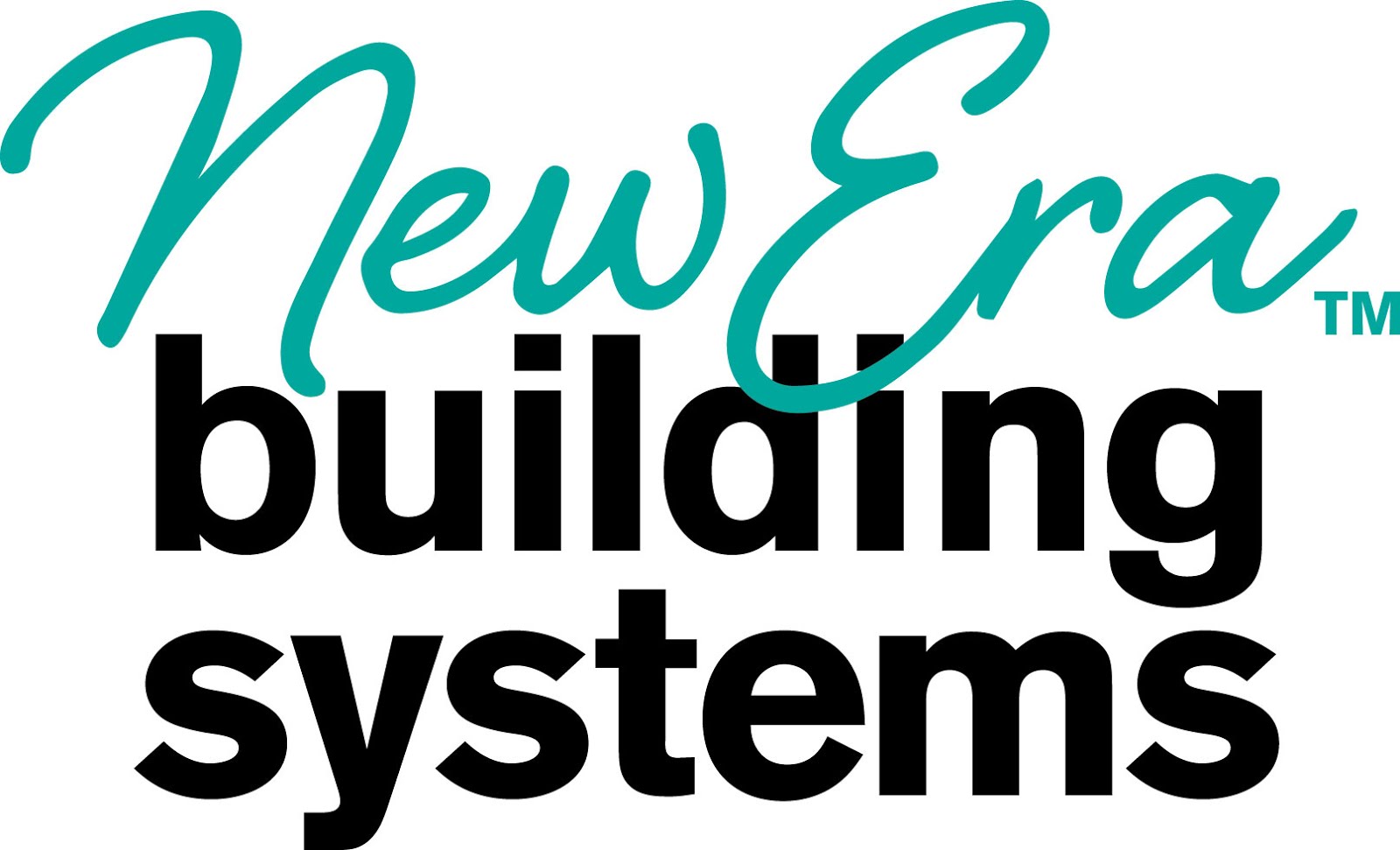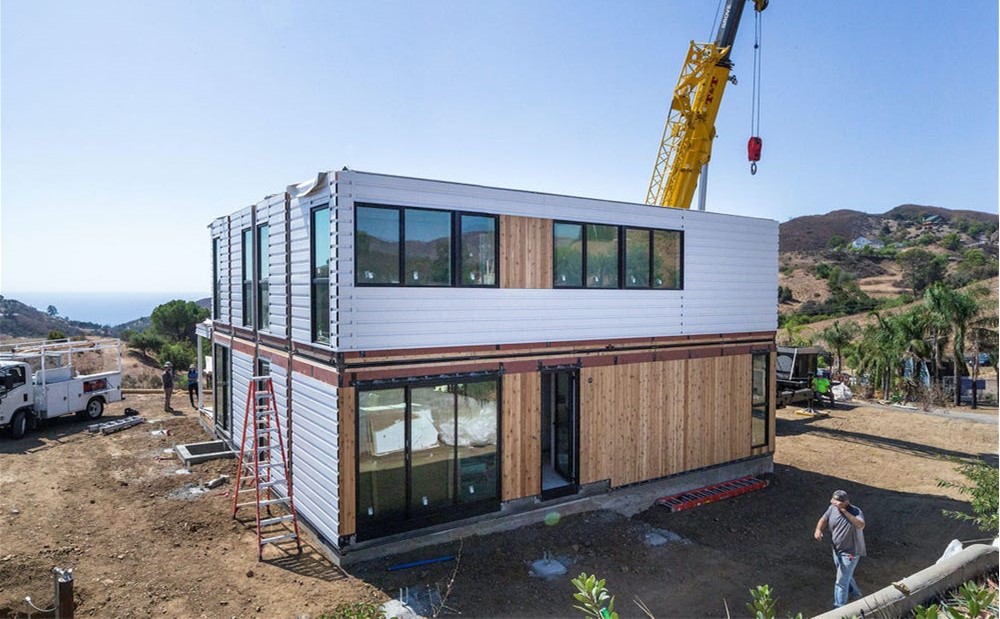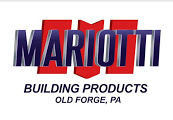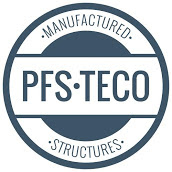Modular construction has been promising to revolutionize the building industry for decades. Faster timelines, better quality control, less waste, and more predictability—on paper, it sounds like a no-brainer. And yet, here we are: despite the technology, success stories, and a pressing need for housing, modular construction still represents only a small sliver of total new development in the U.S.

If you’re a developer wondering why the modular model still feels like a gamble instead of a competitive edge, you’re not alone. The challenges holding it back aren’t always what you expect—and they impact your bottom line in ways worth paying attention to.
Trust Still Isn’t There
Let’s start with the uncomfortable truth: most developers don’t fully trust the modular process. You’ve been working within traditional site-built parameters for years. Handing over large payments to a factory before the slab is poured? That’s a risk. Many developers try modular once and never return—not because it failed, but because it felt unfamiliar, hard to control, or different from the systems they know.
That’s not a modular problem. It’s an ecosystem problem. And until we close that trust gap with transparency, training, and successful case studies, modular will remain an outsider solution.
The Financing Structure is Backwards
Traditional construction financing doesn’t work for modular timelines. Lenders are used to approving draws in stages—foundation, framing, drywall. But modular demands upfront cash to fund production. That creates a financing mismatch that sends many deals into limbo.
Unless you have equity to cover factory deposits or a private lender who understands modular, you’re stuck navigating a system not built for your project. Until banks catch up—and they won’t without coordinated pressure from developers—this financial barrier will keep modular projects at arm’s length.

Logistics Can Look Scary—Until You Know Better
From the outside, the logistics of modular can look intimidating: factory coordination, transportation permits, staging areas, crane scheduling, and compressed onsite trades. But experienced teams manage this like clockwork.
The challenge? If you’re a developer new to modular, the learning curve is steep. The good news is that modular isn’t more difficult than site-built—it’s just different. The bad news is, construction tends to treat “different” as “dangerous.” And that perception is costing time and opportunity.
When Factories Fail, Developers Lose
Not every factory lives up to the promise. Some struggle with missed deadlines, inconsistent quality, or internal leadership problems that cascade into your timeline and budget. One poor experience can sour you—and your investors—for years.
Worse yet, the industry rarely communicates when a factory is struggling, so developers are left guessing. This lack of transparency keeps good money on the sidelines and stunts modular’s momentum.
Sticker Shock and Misunderstood Value
Here’s a common reaction: you get a modular quote and immediately think, “This isn’t cheaper at all.” You’re right—upfront, modular doesn’t always cost less. But it’s not meant to.
The value shows up downstream—in shorter construction cycles, fewer delays, reduced labor exposure, and less rework. It shows up in your IRR. But if no one walks you through the total project cost comparison, all you see is a big factory invoice—and another reason to walk away.

Local Building Departments Still Don’t Understand It
Even in states with modular approval programs, local officials often delay projects with redundant inspections or confusion over codes. You can lose weeks just getting a building inspector to accept a third-party inspection certificate.
If you’re developing in multiple jurisdictions, this regulatory drag becomes a real threat to your schedule. The industry needs better education at the local level, and developers must demand it.
The Trade Labor Gap is Real
Let’s say the factory delivers perfect modules to your site. The finish crew, set crew, or local trades can still derail your project if they don’t know modular. Connections may be done incorrectly. Weather protection might get missed. The schedule gets tossed out the window.
There aren’t enough modular-literate field crews to meet demand. Until that changes—or developers help build that workforce—quality and consistency will remain unpredictable.

The Realtor Disconnect
Want to sell your modular product faster? The real estate industry has to get on board. Most Realtors don’t understand modular, and worse—they’re afraid to sell it. Ask one if a home is modular and you’ll often get a nervous smile and, “But it’s not a mobile home!”
They’re not being malicious—they’re just uninformed. Few Realtors understand how modular homes are built, how they meet (or exceed) code, or why they can command premium value for buyers. If they can’t confidently explain your product to clients, they won’t push it. And if Realtors aren’t pushing it, appraisers aren’t seeing the comps—and the cycle of misunderstanding continues.
Until the developer community demands modular training and education for local Realtors, modular homes will keep getting shortchanged in resale perception and value.
Builders Still Treat It as a Threat
General contractors often see modular as competition rather than a partnership. Instead of adopting it as part of their offering, they exclude it—or worse, discredit it. That resistance makes it hard to build hybrid delivery models where modular components could be used strategically.
Developers must begin seeking out builders willing to embrace modular, or even better, start hiring in-house project leads who understand how to manage it.
Good Projects That Never Scale
Perhaps the most frustrating barrier of all: modular works—but no one scales it. You build one small project with a factory, it goes well, and… you go right back to stick-built. Why? Because repeatable success is hard to structure when partners, financing, zoning, and labor vary from deal to deal.
Until developers insist on building scalable modular pathways—and factories respond with consistent performance—the industry will remain stuck in “pilot mode.”
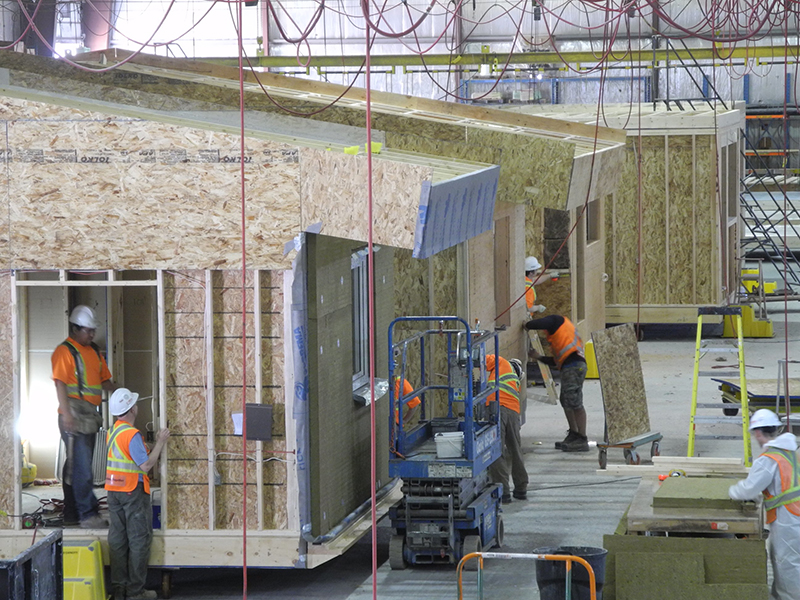
The Bottom Line for Developers
Modular construction doesn’t suffer from a single fatal flaw. It suffers from a series of solvable—but still unaddressed—barriers that chip away at developer confidence and feasibility. The tragedy is that modular solves the very problems developers are desperate to fix: unreliable schedules, labor shortages, rising costs, and permitting delays.
If developers don’t lead the charge to resolve these bottlenecks—by demanding better financing, training crews, educating Realtors, and holding factories accountable—modular will stay where it’s been for decades: full of potential, but just out of reach.
And in 10 years, we’ll still be wondering why we didn’t use the right tool for the job when the need was most urgent.
.
With over 9,000 published articles on modular and offsite construction, Gary Fleisher remains one of the most trusted voices in the industry.
.
CLICK HERE to read the latest edition
Contact Gary Fleisher



